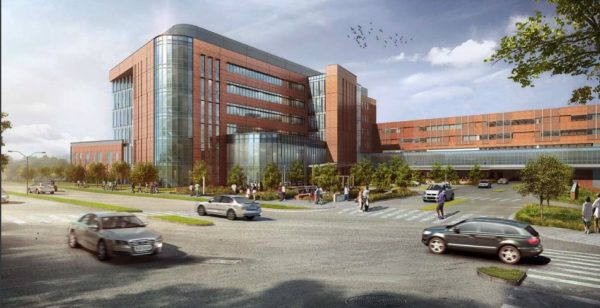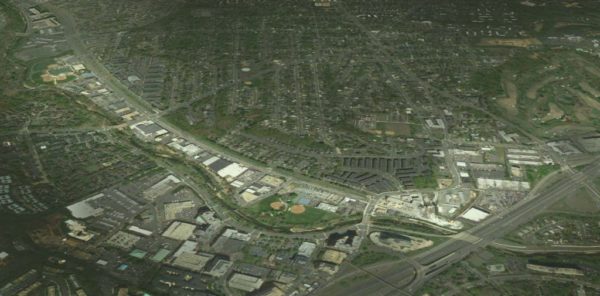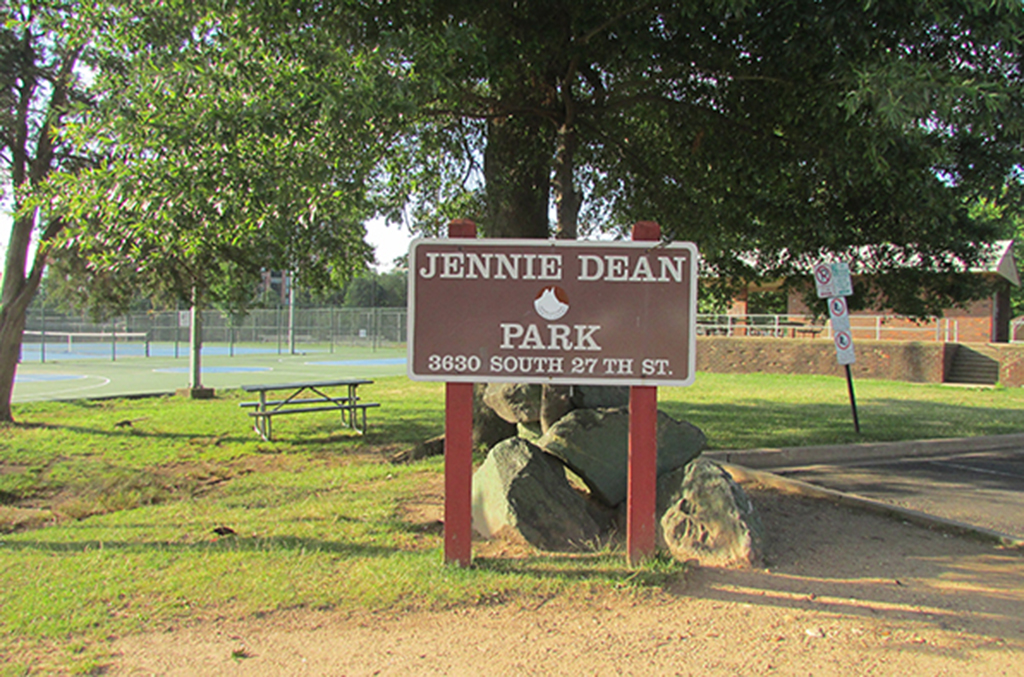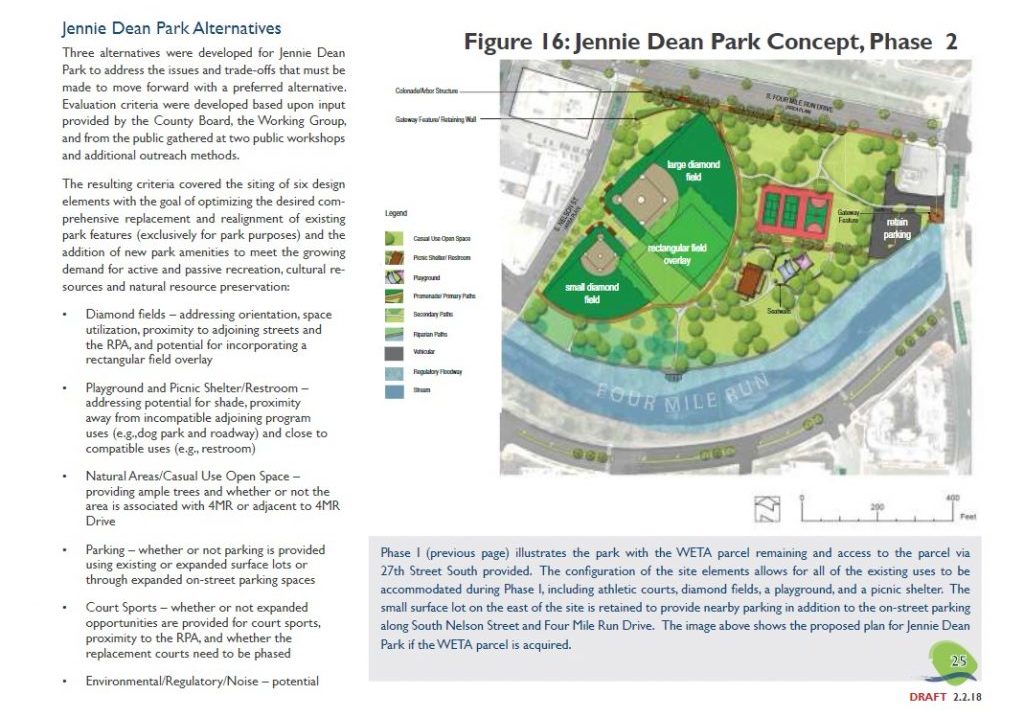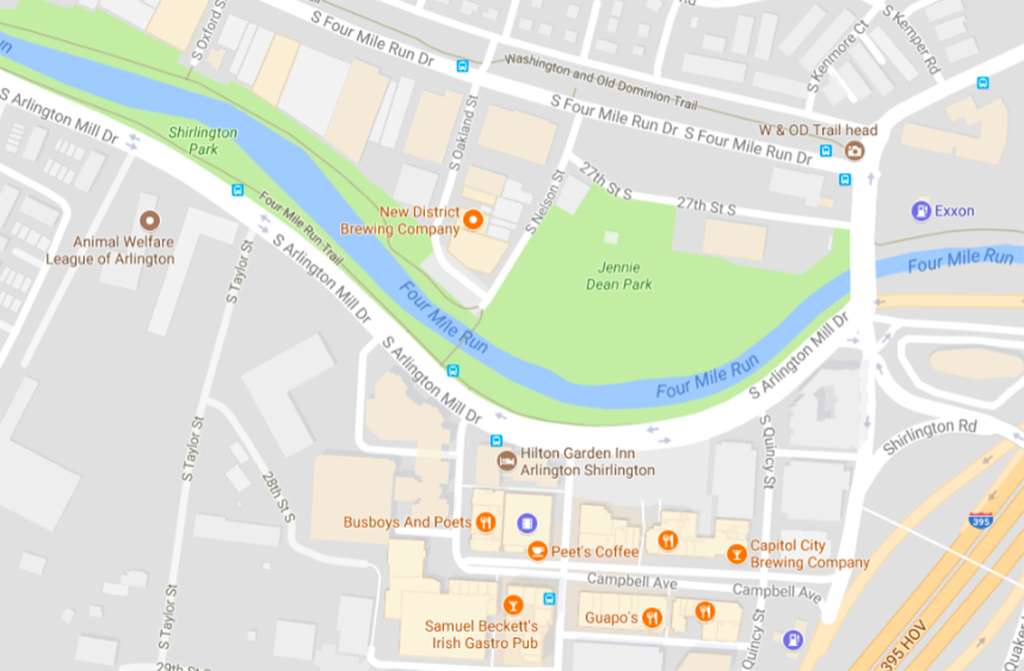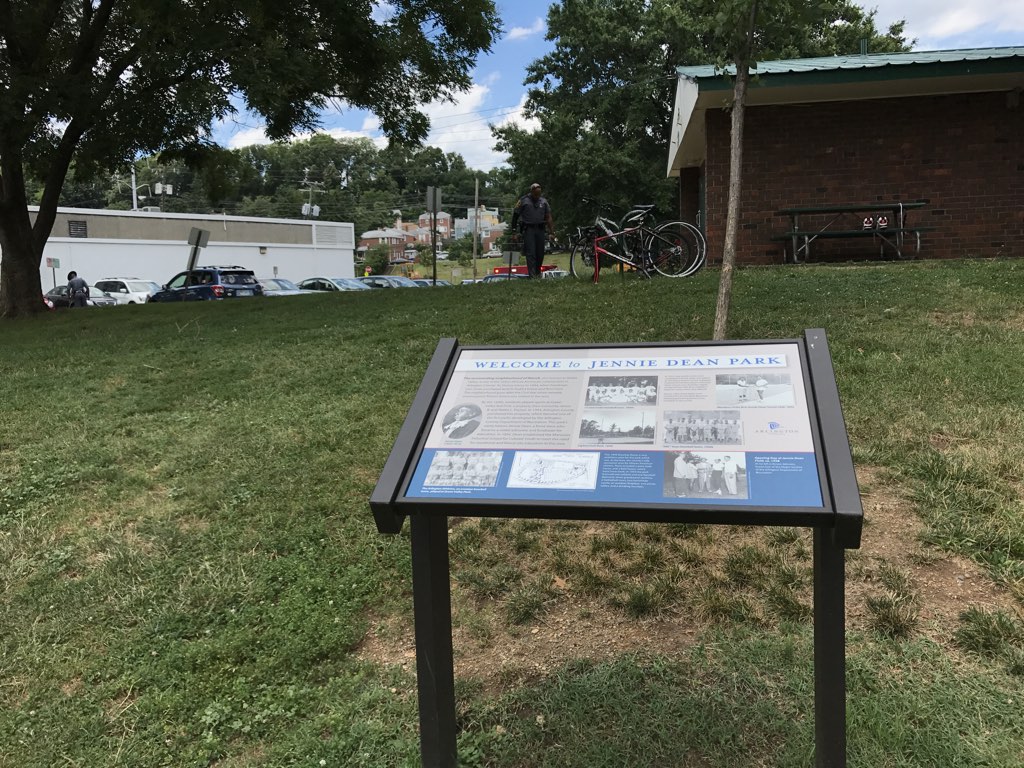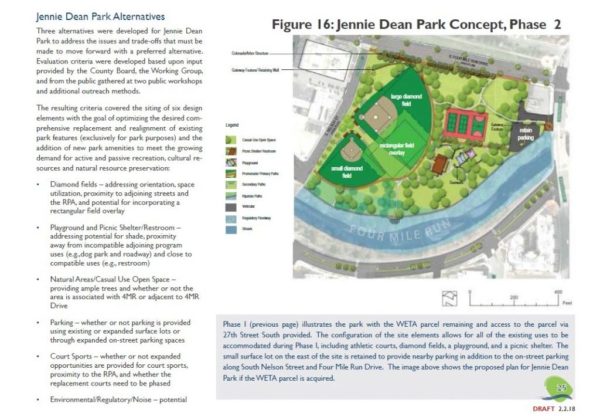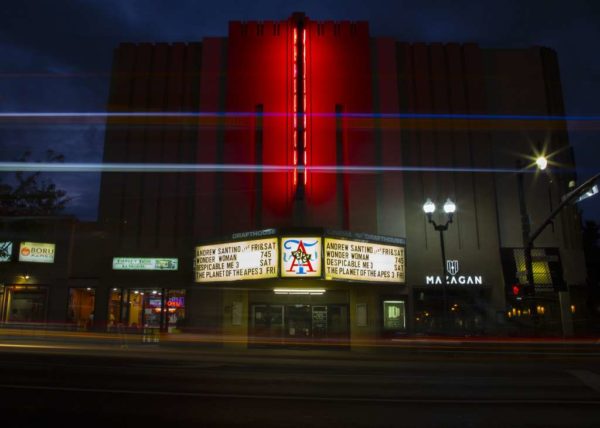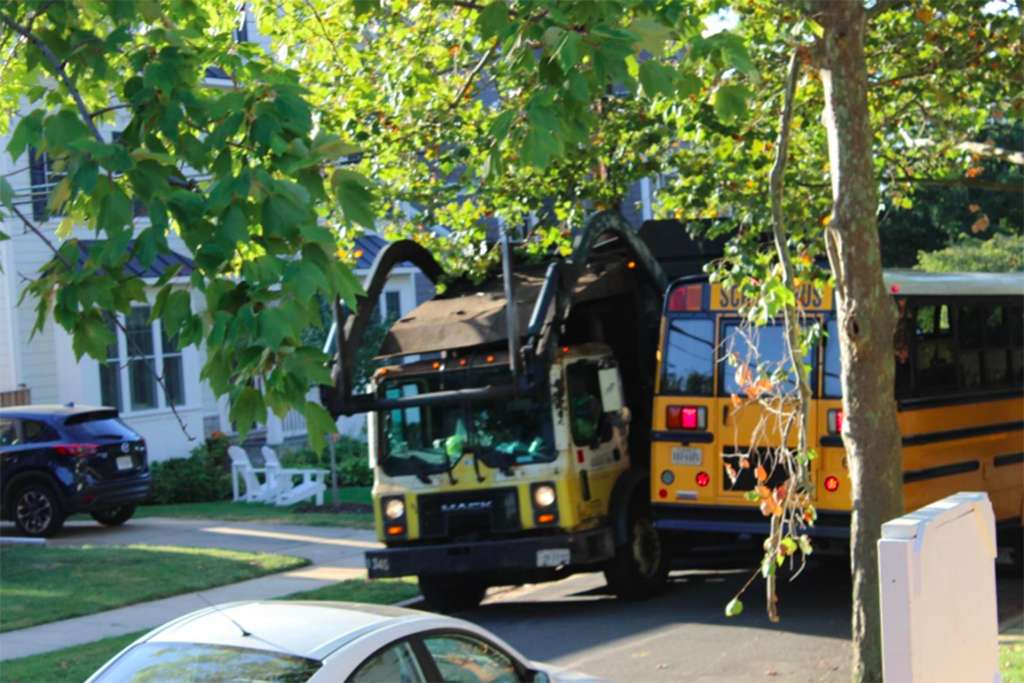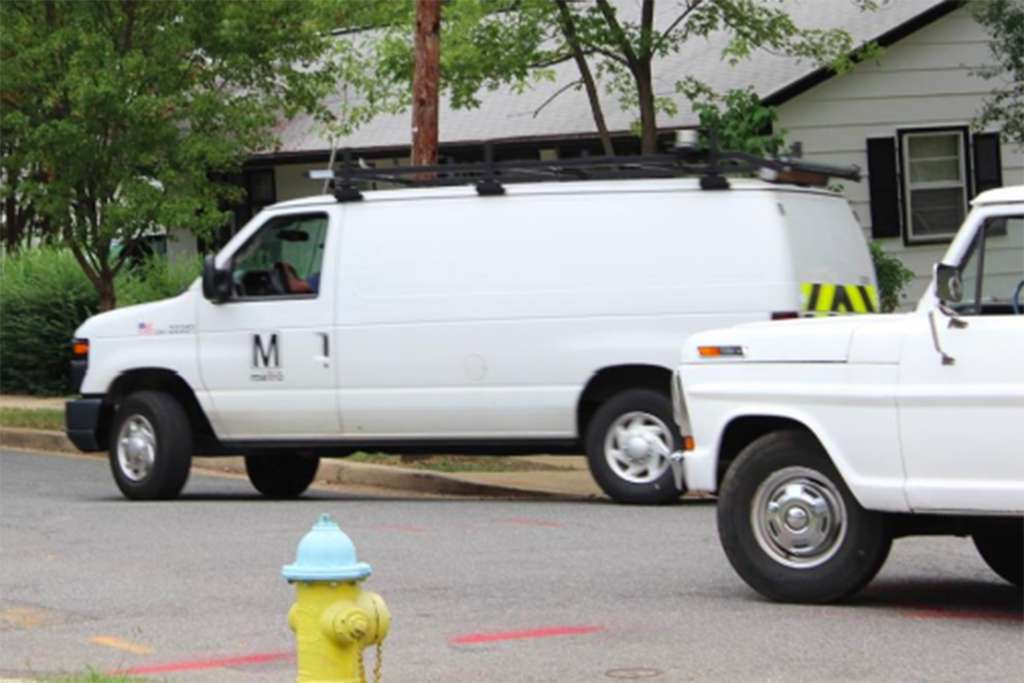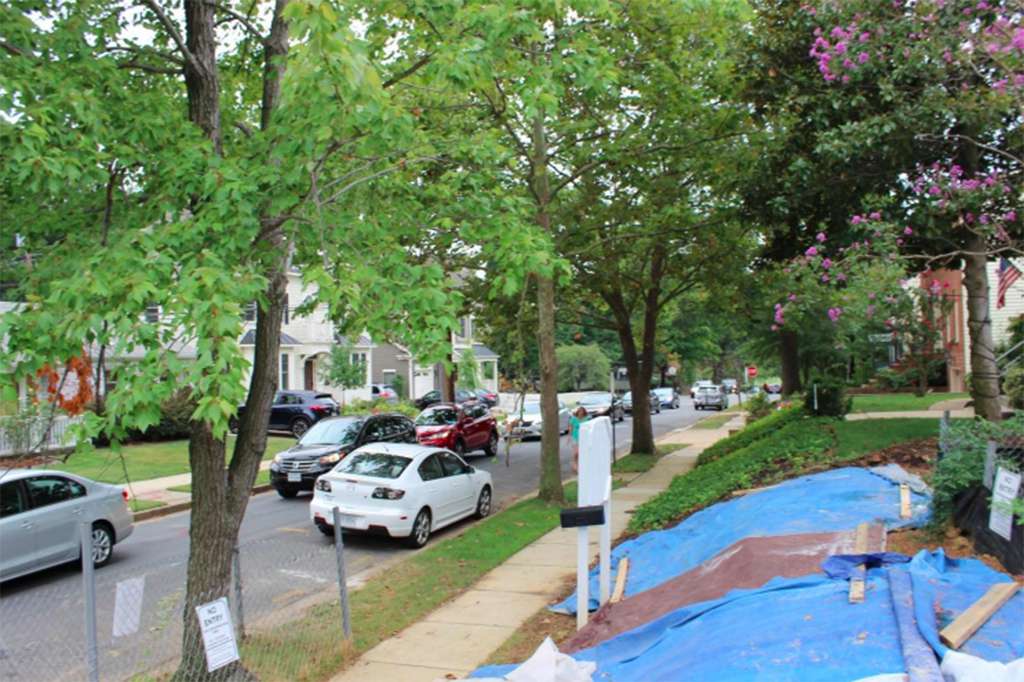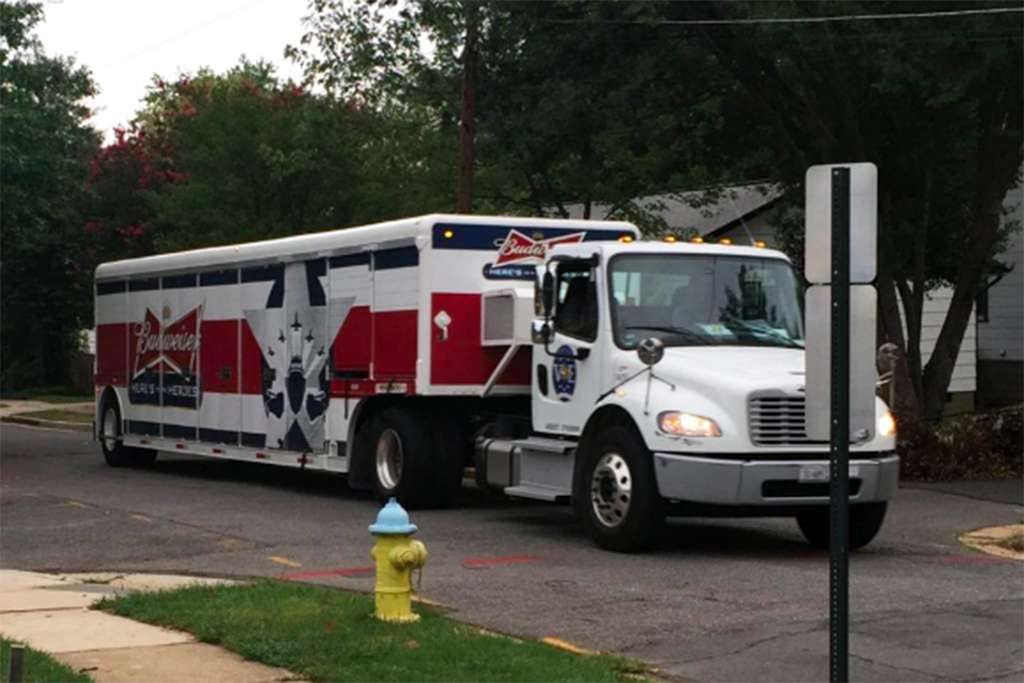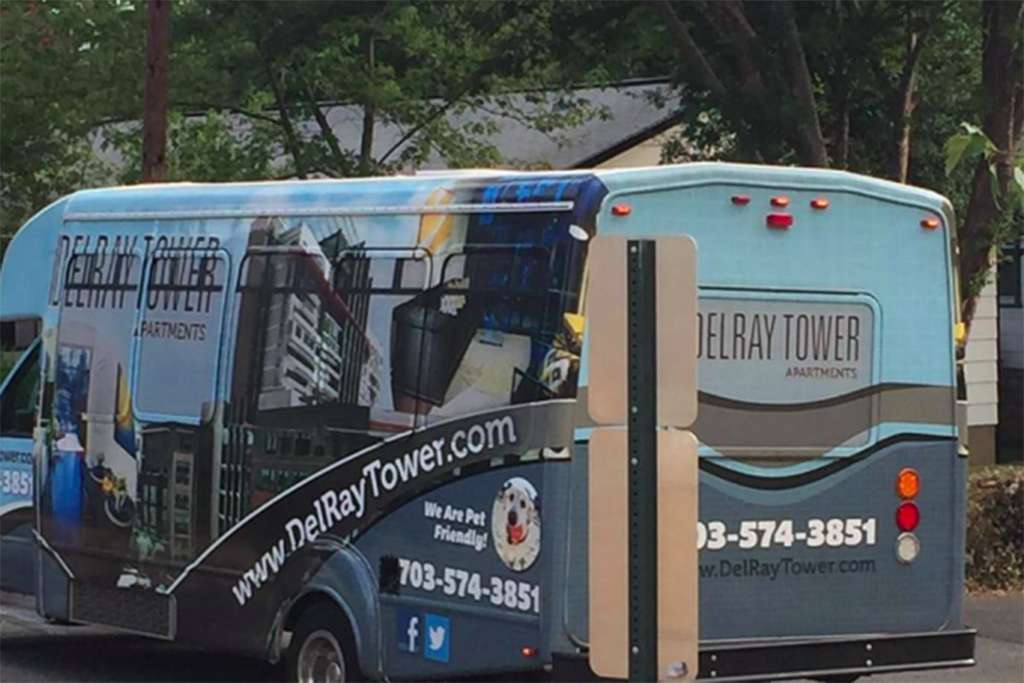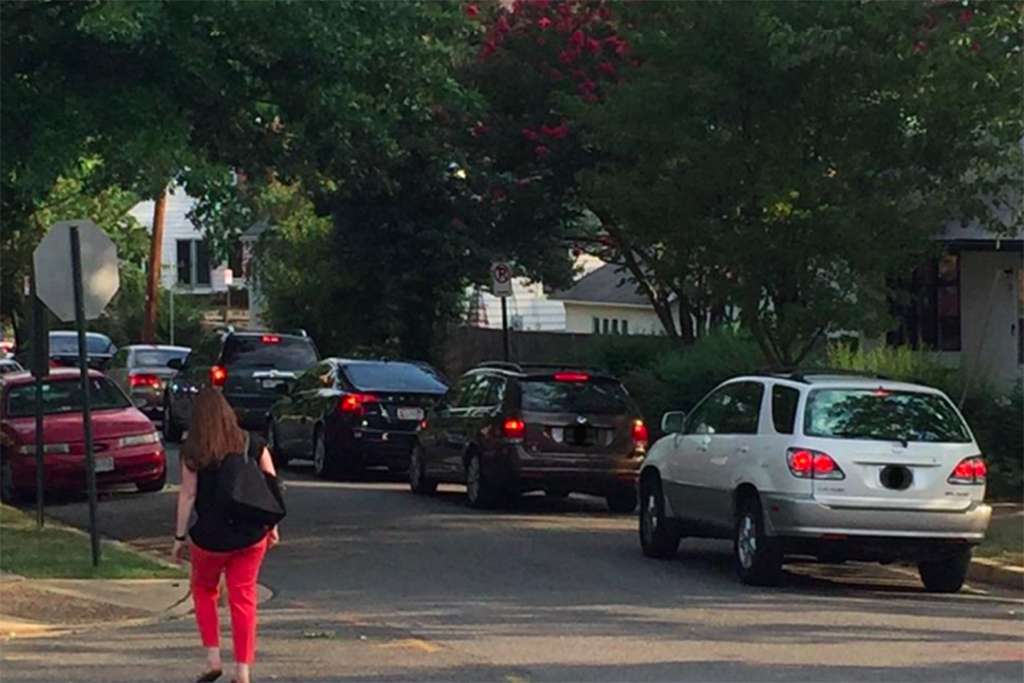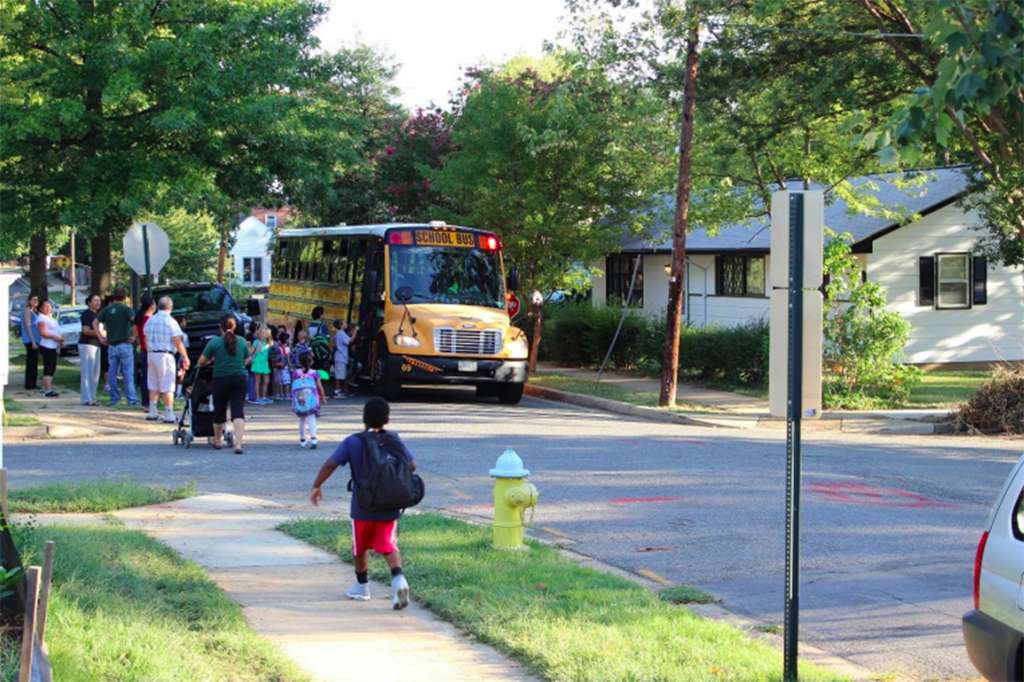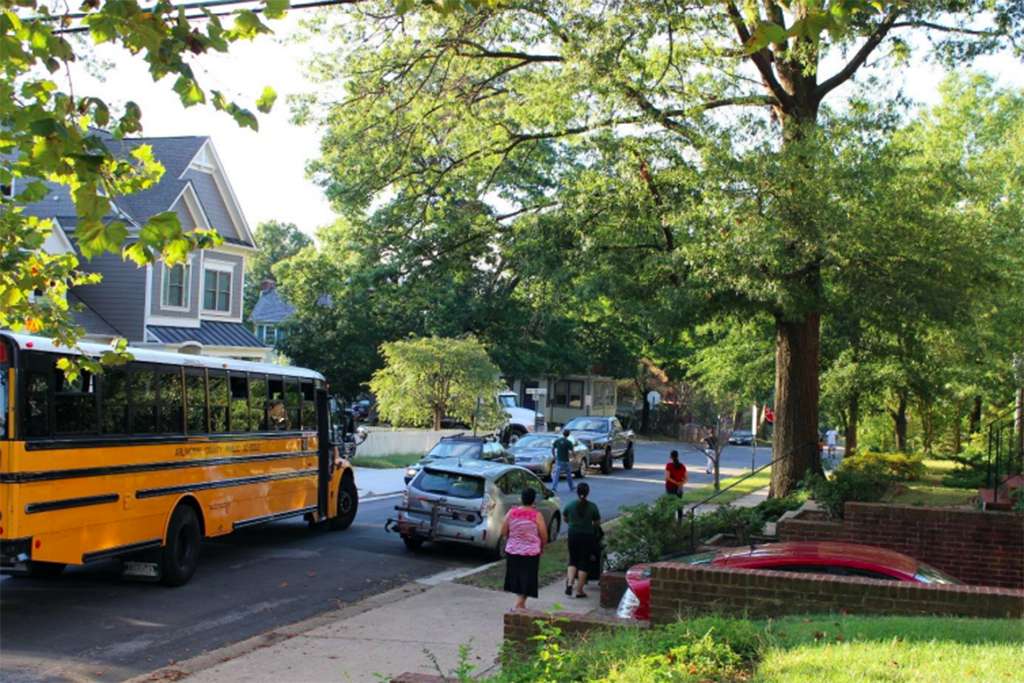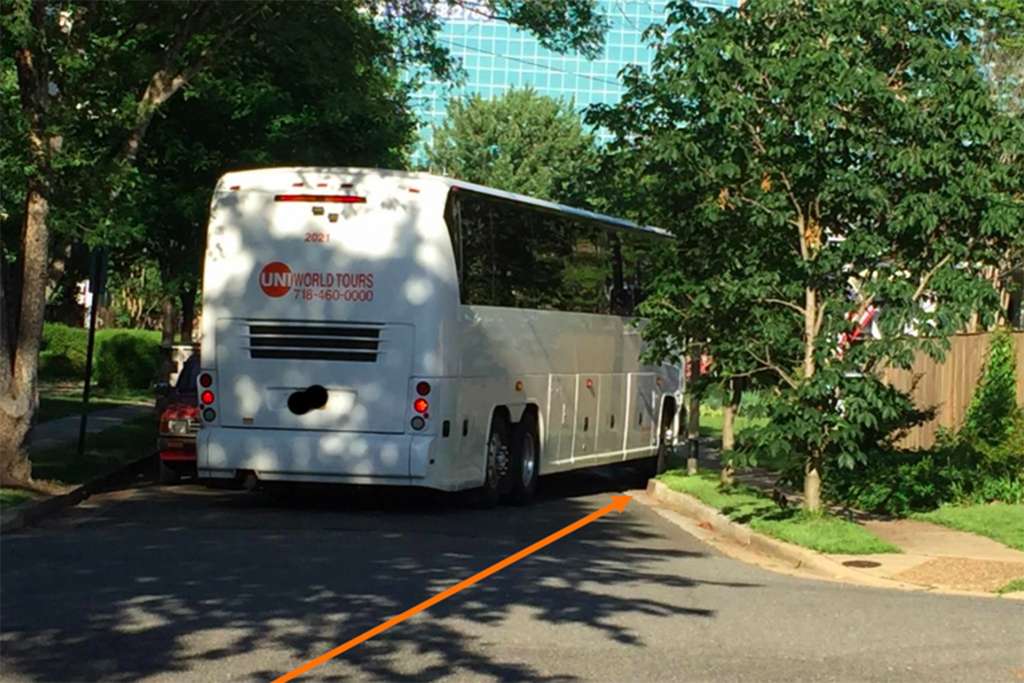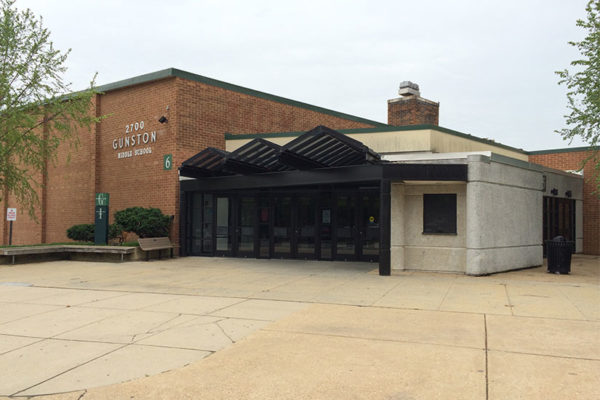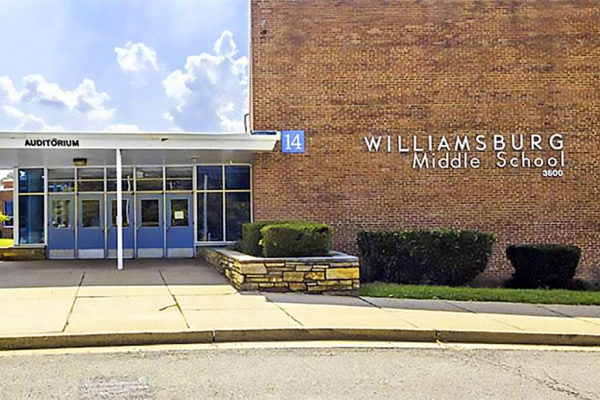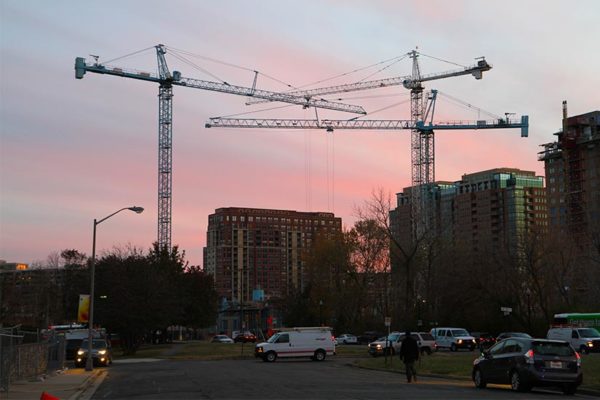After many long months of debate, county officials are set to have their say next month on an extensive proposal for the Virginia Hospital Center’s expansion.
The project has attracted plenty of criticism from neighbors and transit advocates alike, prompting a brief delay of the county’s consideration of the 101-bed expansion of Arlington’s lone hospital.
But the county’s business community recently threw its support behind a swift approval of the project, as has another longtime civic leader. Julian Fore, a former president of the Arlington Community Foundation, is also urging the County Board to lend the project a full approval in a letter he shared with ARLnow.
Letter to the Editor:
I am an Arlingtonian and frequent user of Virginia Hospital Center (VHC). This first-rate hospital provides excellent acute care and places an emphasis on needed follow-up services and disease management. VHC is a community jewel and is deserving of our support for its expansion project. I urge the County Board to approve the VHC application.
We should all be in favor of VHC’s desire to improve the efficiency, convenience and accessibility of healthcare. These are important community benefits and should be acknowledged. Moreover, the newly proposed Behavioral Health Center will enable our friends and neighbors who are suffering from mental illness to receive immediate outpatient care. The VHC proposal also expands the number of psychiatric beds based on a community-negotiated formula and subject to State approval.
It is important to note that under the VHC proposal, 1.3 acres of the 5.5 acre Edison Street site are either landscaped or open space to bring visual relief and more greenery to the site. The placement of the landscaping and open space creates a “sense of place” and a welcome oasis to an urban village. This action demonstrates VHC’s commitment to enhancing the appearance and livability of the surrounding neighborhood.
At this point, we need to acknowledge that the cumulative effect of additional requested changes to the VHC proposal will affect the broader community goal of increasing the availability of low-cost, high-quality, patient-centered healthcare. VHC is the only stand-alone community hospital in the greater Washington D.C. Metro area. It is in the public’s interest to enable VHC to contain development costs, so the Hospital has more dollars available for needed state-of-the-art equipment and other patient related services.
I hope the County Board recognizes that the overall public benefits provided by the VHC expansion are too important to be held hostage by the narrow concerns of nearby neighbors.
Sincerely,
Julian Fore
ARLnow occasionally publishes thoughtful letters to the editor about issues of local interest. To submit a letter to the editor for consideration, please email it to [email protected]. Letters may be edited for content and brevity.
Photo via HDR


